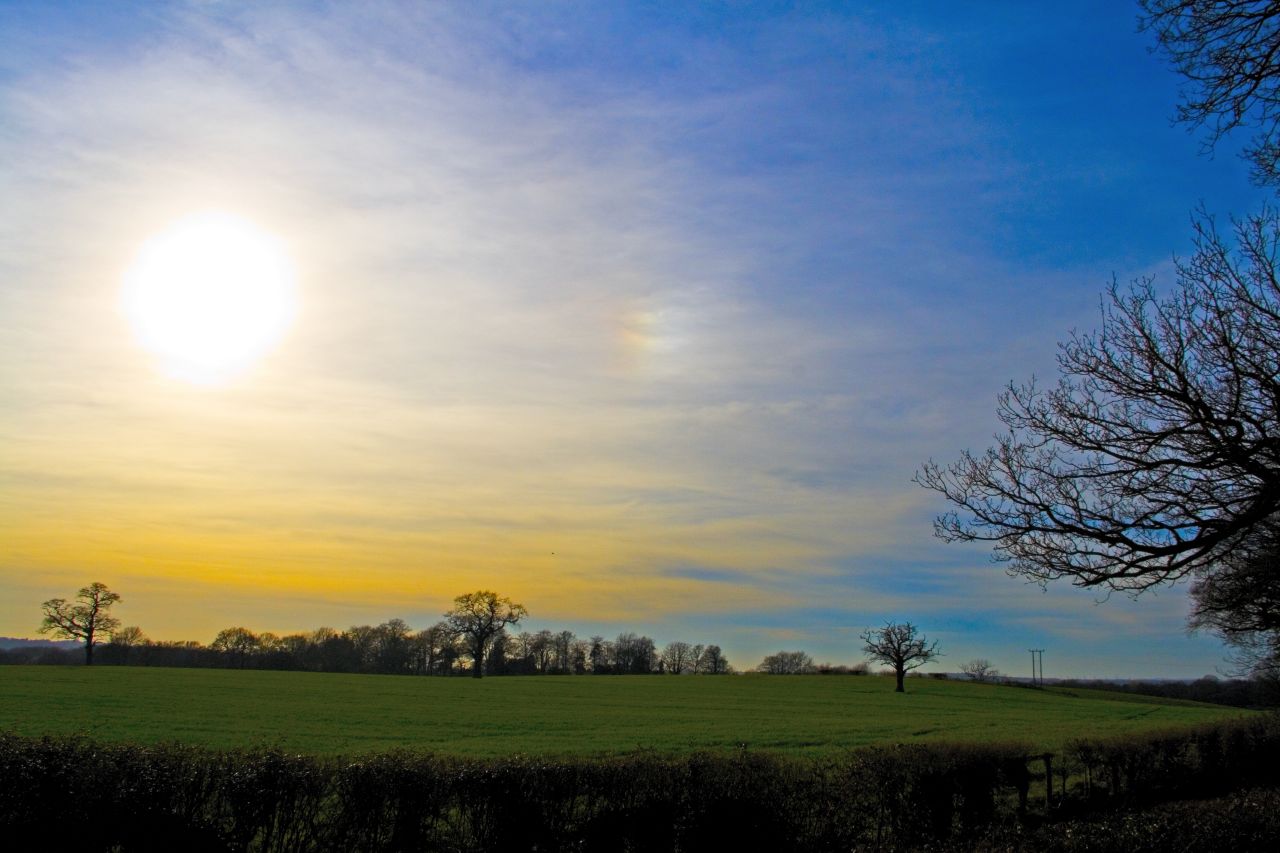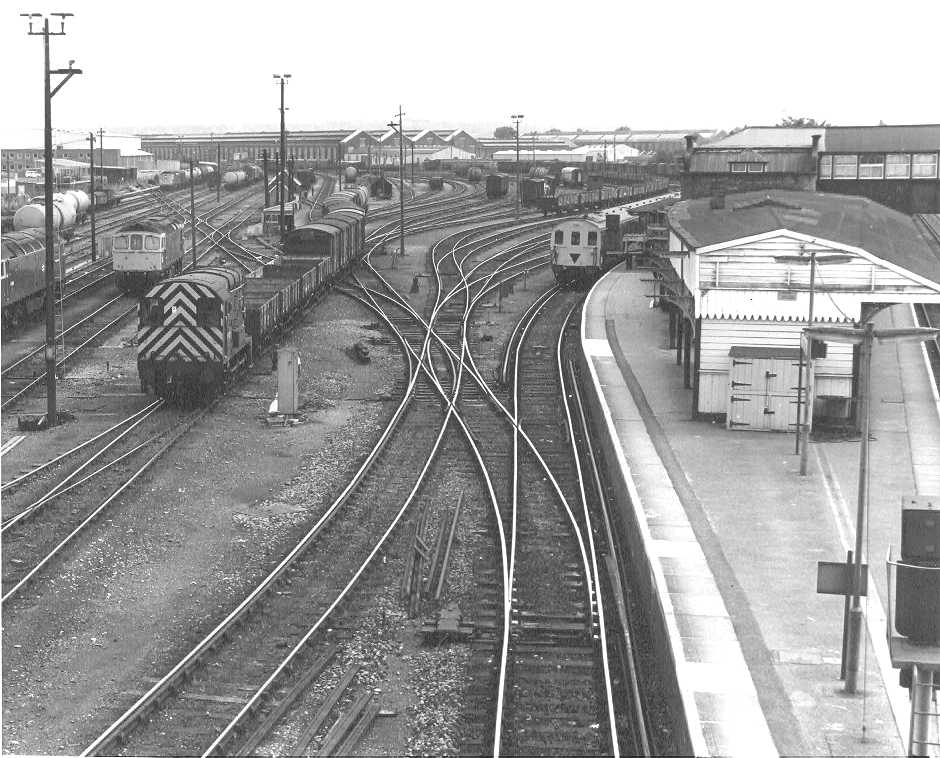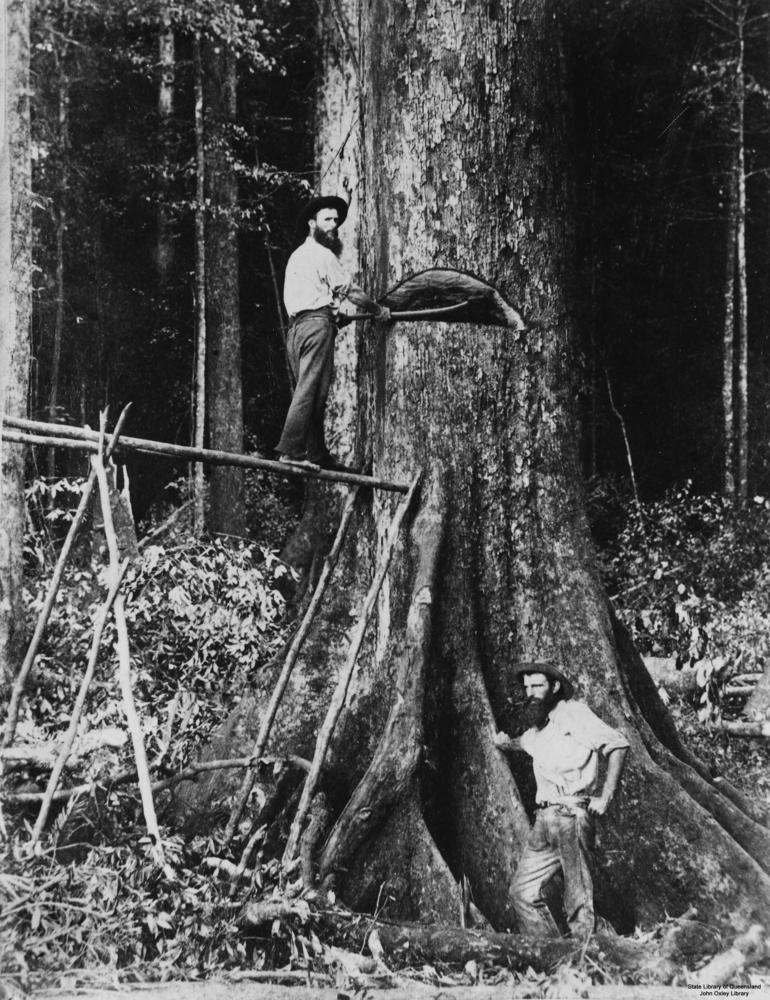|
Horton Heath, Hampshire
Horton Heath is a semi-rural village which forms part of the civil parish of Fair Oak and Horton Heath in the borough of Eastleigh in Hampshire, England. The village is about three miles southeast of Eastleigh town centre, and adjoins the village of Fair Oak. The village greatly expanded during the late 1980s and 1990s, with developments such as The Drove and Meadowsweet way. A new village hall was also built at this time. In 2014 a further development was proposed and permission was eventually granted for 2500 homes to be constructed on a 310 area situated to the south west of the original village. The development is meant to include a mix of housing, green spaces, commercial premises and sports and leisure facilities. It forms part of the Southampton Urban Area. The current councillor is Michelle Marsh, who represents the Liberal Democrat party in the Fair Oak & Horton Heath ward. Mrs. Marsh gained local notoriety for standing up against local felling Felling is the ... [...More Info...] [...Related Items...] OR: [Wikipedia] [Google] [Baidu] |
Horton Heath Landscape
Horton may refer to: Places Antarctica * Horton Glacier, Adelaide Island, Antarctica * Horton Ledge, Queen Elizabeth Land, Antarctica Australia * Horton, Queensland, a town and locality in the Bundaberg Region * Horton River (Australia), in northern New South Wales Canada * Horton, Ontario, a township * Horton River (Canada), a tributary of the Beaufort Sea * Horton Township, Nova Scotia, an 18th-century township; see Wolfville United Kingdom * Horton Beach, Port Eynon Bay, Wales * Horton, Berkshire, a village and civil parish * Horton, Buckinghamshire, a hamlet of Ivinghoe * Horton or Horton by Malpas, Cheshire, a village and former civil parish * Horton, Dorset, a village and civil parish ** Horton Priory, its ruined religious house upon which the parish church was built * Horton, Gloucestershire, a village * Horton, Lancashire, a village and civil parish * Horton, Northamptonshire, a village * Horton, Blyth, Northumberland, a village * Horton, Chatton, a pair ... [...More Info...] [...Related Items...] OR: [Wikipedia] [Google] [Baidu] |
Civil Parish
In England, a civil parish is a type of administrative parish used for local government. It is a territorial designation which is the lowest tier of local government below districts and counties, or their combined form, the unitary authority. Civil parishes can trace their origin to the ancient system of ecclesiastical parishes, which historically played a role in both secular and religious administration. Civil and religious parishes were formally differentiated in the 19th century and are now entirely separate. Civil parishes in their modern form came into being through the Local Government Act 1894, which established elected parish councils to take on the secular functions of the parish vestry. A civil parish can range in size from a sparsely populated rural area with fewer than a hundred inhabitants, to a large town with a population in the tens of thousands. This scope is similar to that of municipalities in Continental Europe, such as the communes of France. However, ... [...More Info...] [...Related Items...] OR: [Wikipedia] [Google] [Baidu] |
Fair Oak And Horton Heath
Fair Oak and Horton Heath is a civil parish within the Borough of Eastleigh in Hampshire, England. The parish contains the villages of Fair Oak Fair Oak is a large village to the east of Eastleigh in Hampshire, England. Together with the village of Horton Heath, which lies to the south, it is part of the civil parish of Fair Oak and Horton Heath. History Fair Oak takes its name from a ... and Horton Heath. In 2011 it had a population of 10,212. History On 28 July 1983 it was renamed from "Fair Oak" to "Fair Oak and Horton Heath". Fair Oak Horton Heath References Civil parishes in Hampshire Borough of Eastleigh {{Hampshire-geo-stub ... [...More Info...] [...Related Items...] OR: [Wikipedia] [Google] [Baidu] |
Eastleigh (borough)
The Borough of Eastleigh is a Non-metropolitan district, local government district and borough in Hampshire, England, bordering the unitary authority of Southampton, Test Valley, the City of Winchester and the Borough of Fareham. Eastleigh is separated from the New Forest by Southampton Water. Water bounds much of the borough, with Southampton Water and the River Hamble bordering the east and southwest of the district. The built-up nature of neighbouring Southampton and the urban area around the town of Eastleigh contrast with the rural nature of much of the borough, which lies within the Hampshire Basin. The original Eastleigh borough was formed in 1936 following the incorporation of the former Eastleigh Urban District Council. The borough as it is today was formed in 1974, when the existing Borough of Eastleigh expanded to include part of the former Winchester Rural District as a result of the Local Government Act 1972. The name of the borough was chosen by the children's auth ... [...More Info...] [...Related Items...] OR: [Wikipedia] [Google] [Baidu] |
Hampshire
Hampshire (, ; abbreviated to Hants) is a ceremonial county, ceremonial and non-metropolitan county, non-metropolitan counties of England, county in western South East England on the coast of the English Channel. Home to two major English cities on its south coast, Southampton and Portsmouth, Hampshire is the 9th-most populous county in England. The county town of Hampshire is Winchester, located in the north of the county. The county is bordered by Dorset to the south-west, Wiltshire to the north-west, Berkshire to the north, Surrey to the north-east, and West Sussex to the south east. The county is geographically diverse, with upland rising to and mostly south-flowing rivers. There are areas of downland and marsh, and two national parks: the New Forest National Park, New Forest and part of the South Downs National Park, South Downs, which together cover 45 per cent of Hampshire. Settled about 14,000 years ago, Hampshire's recorded history dates to Roman Britain, when its chi ... [...More Info...] [...Related Items...] OR: [Wikipedia] [Google] [Baidu] |
Eastleigh
Eastleigh is a town in Hampshire, England, between Southampton and Winchester. It is the largest town and the administrative seat of the Borough of Eastleigh, with a population of 24,011 at the 2011 census. The town lies on the River Itchen, one of England's premier chalk streams for fly fishing, and a designated site of Special Scientific Interest. The area was originally villages until the 19th century, when Eastleigh was developed as a railway town by the London and South-Western Railway. History The modern town of Eastleigh lies on the old Roman road, built in A.D.79 between Winchester ''(Venta Belgarum)'' and Bitterne ''(Clausentum)''. Nicola Gosling: 1986, Page 4 Roman remains discovered in the Eastleigh area, including a Roman lead coffin excavated in 1908, indicate that a settlement probably existed here in Roman times. A Saxon village called 'East Leah' has been recorded to have existed since 932 AD. ('Leah' is an ancient Anglo-Saxon word meaning 'a clearing in ... [...More Info...] [...Related Items...] OR: [Wikipedia] [Google] [Baidu] |
Fair Oak
Fair Oak is a large village to the east of Eastleigh in Hampshire, England. Together with the village of Horton Heath, which lies to the south, it is part of the civil parish of Fair Oak and Horton Heath. History Fair Oak takes its name from a tree in the Square which was felled and replaced on 30 February 1843. A fair took place under the tree in June every year until 1918, and local historians believe this provided the tree, and subsequently the village around it, with its name. Documentary evidence exists of a settlement in the area called Cnolgette in 901 AD. The village has a history of sand quarrying, with some of the newer parts built over old restored quarries.British Geological Survey (1987), ''Southampton. England and Wales Sheet 315. Solid and Drift Geology'', 1:50,000 Series geological map, Keyworth, Nottingham: British Geological Survey, In November 1830, during the Swing Riots, a group of labourers destroyed threshing machines in and around the village. The cen ... [...More Info...] [...Related Items...] OR: [Wikipedia] [Google] [Baidu] |
Village Hall
A village hall is a public building in a village used for various things such as: United Kingdom In the United Kingdom, a village hall is usually a building which contains at least one large room (plus kitchen and toilets), is owned by a local government council or independent trustees, and is run for the benefit of the local community. It is estimated that there are over 10,000 such village halls. Such a hall is typically used for a variety of public and private functions, such as: * Parish council meetings *Polling station for local and national elections *Sports club functions * Local drama productions *Dances *Jumble sales *Private parties such as birthdays or wedding receptions Village halls are generally run by committees, and if not already part of a local government body such as a parish council, then such committees are eligible for charitable status. They may have other names such as a Village Institute or Memorial Hall. In some localities a church hall or community ... [...More Info...] [...Related Items...] OR: [Wikipedia] [Google] [Baidu] |
Greater Southampton
South Hampshire is a term used mainly to refer to the conurbation formed by the city of Portsmouth, city of Southampton and the non-metropolitan boroughs of Gosport, Fareham, Havant and Eastleigh in southern Hampshire, South East England. The area was estimated to have a population of over 1.5 million in 2013. It is the most populated part of South East England, excluding London. The area is sometimes referred to as Solent City particularly in relation to local devolution, but the term is controversial. History Harold Wilson's Labour government commissioned town planner Colin Buchanan in 1965 to study the region. He found a region of growing economic importance, in desperate need of proper planning to avoid unplanned sprawl, and suggested the construction of a modernist urban area between Southampton and Portsmouth. However this was resisted by local authorities who occupied the proposed development sites, and Buchanan's plans were never put into effect. Instead, as a resu ... [...More Info...] [...Related Items...] OR: [Wikipedia] [Google] [Baidu] |
Liberal Democrats (UK)
The Liberal Democrats (commonly referred to as the Lib Dems) are a liberal political party in the United Kingdom. Since the 1992 general election, with the exception of the 2015 general election, they have been the third-largest UK political party by the number of votes cast. They have 14 Members of Parliament in the House of Commons, 83 members of the House of Lords, four Members of the Scottish Parliament and one member in the Welsh Senedd. The party has over 2,500 local council seats. The party holds a twice-per-year Liberal Democrat Conference, at which party policy is formulated, with all party members eligible to vote, under a one member, one vote system. The party served as the junior party in a coalition government with the Conservative Party between 2010 and 2015; with Scottish Labour in the Scottish Executive from 1999 to 2007, and with Welsh Labour in the Welsh Government from 2000 to 2003 and from 2016 to 2021. In 1981, an electoral alliance was established b ... [...More Info...] [...Related Items...] OR: [Wikipedia] [Google] [Baidu] |
Felling
Felling is the process of cutting down trees,"Feller" def. 2. and "Felling", def. 1. ''Oxford English Dictionary'' Second Edition on CD-ROM (v. 4.0) © Oxford University Press 2009 an element of the task of logging. The person cutting the trees is a ''feller''. A feller buncher is a machine capable of felling a single large tree or grouping and felling several small ones simultaneously. Methods Hand felling In hand felling, an axe, saw, or chainsaw is used to fell a tree, followed up by limbing and bucking in traditional applications. In the modern commercial logging industry, felling is typically followed by limbing and skidding. Feller buncher A feller-buncher is a motorized vehicle with an attachment which rapidly cuts and gathers several trees in the process of felling them. In cut-to-length logging a harvester performs the tasks of a feller-buncher, additionally doing the delimbing and bucking. When harvesting wood from a felled tree, the recommended methods should ... [...More Info...] [...Related Items...] OR: [Wikipedia] [Google] [Baidu] |
Villages In Hampshire
A village is a clustered human settlement or community, larger than a hamlet but smaller than a town (although the word is often used to describe both hamlets and smaller towns), with a population typically ranging from a few hundred to a few thousand. Though villages are often located in rural areas, the term urban village is also applied to certain urban neighborhoods. Villages are normally permanent, with fixed dwellings; however, transient villages can occur. Further, the dwellings of a village are fairly close to one another, not scattered broadly over the landscape, as a dispersed settlement. In the past, villages were a usual form of community for societies that practice subsistence agriculture, and also for some non-agricultural societies. In Great Britain, a hamlet earned the right to be called a village when it built a church. [...More Info...] [...Related Items...] OR: [Wikipedia] [Google] [Baidu] |







